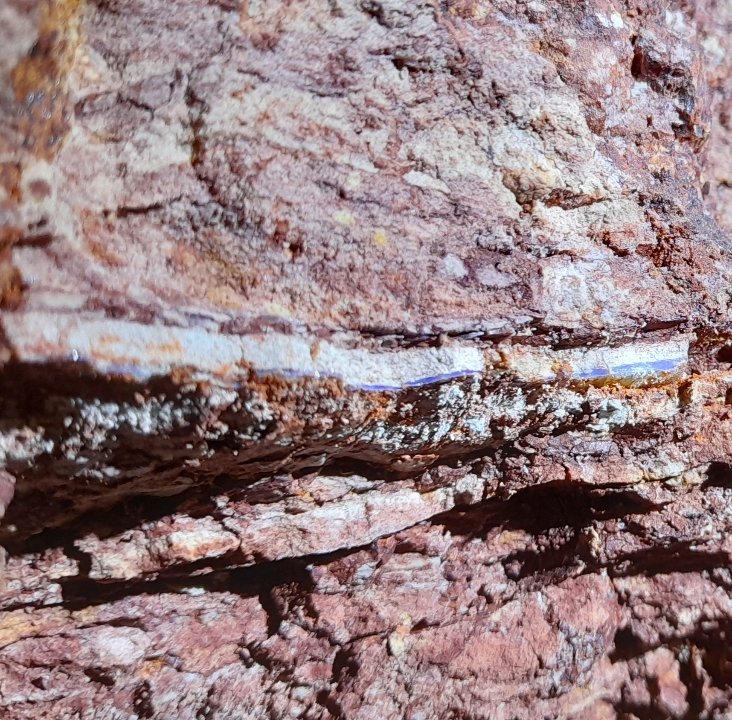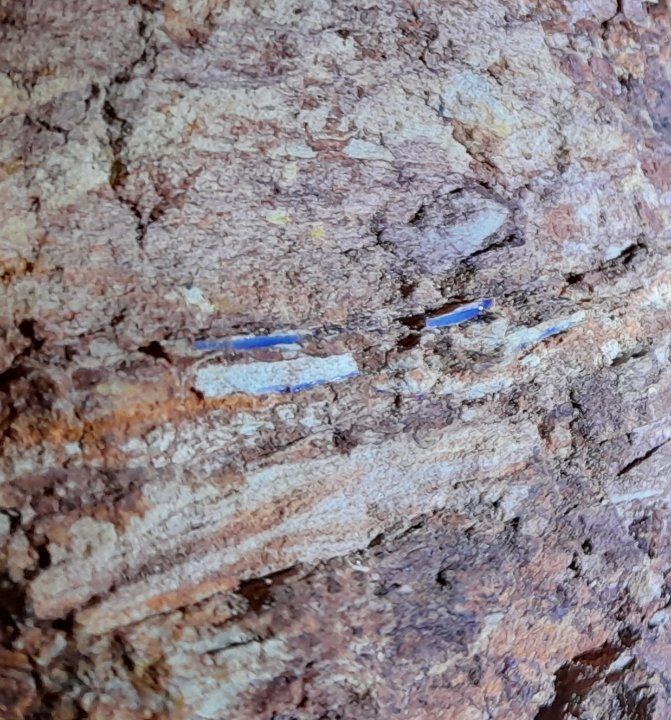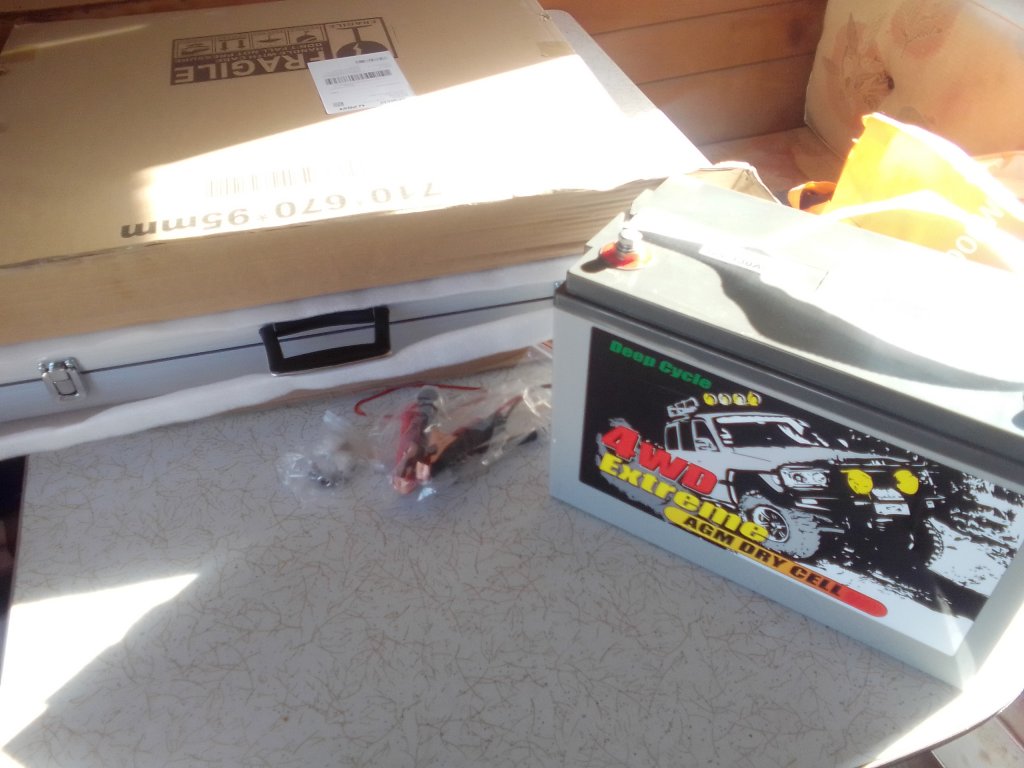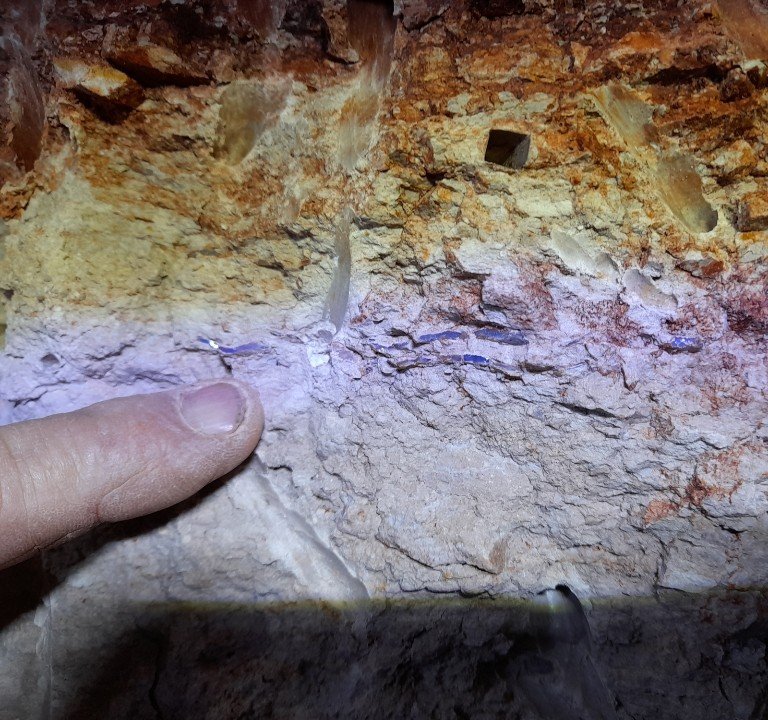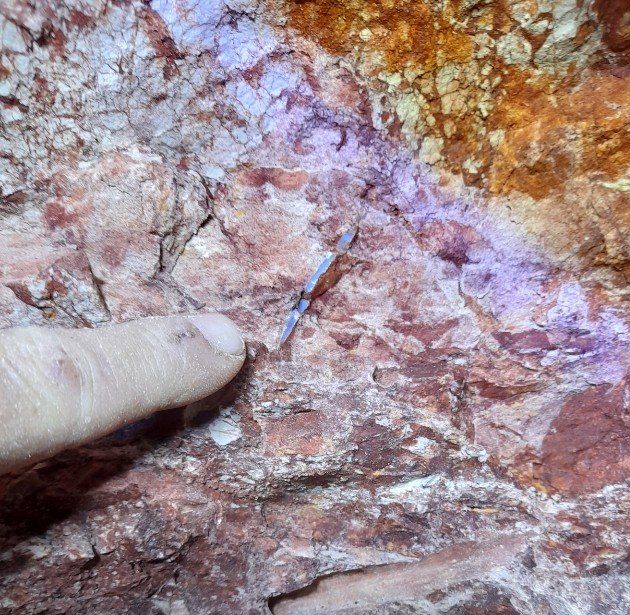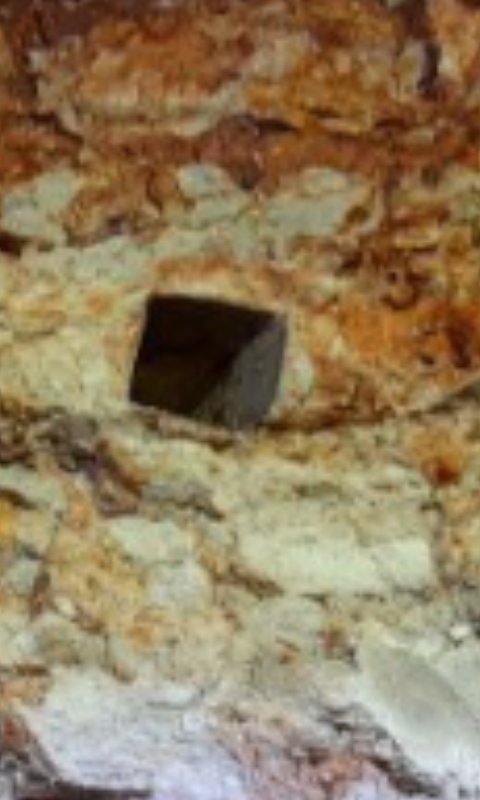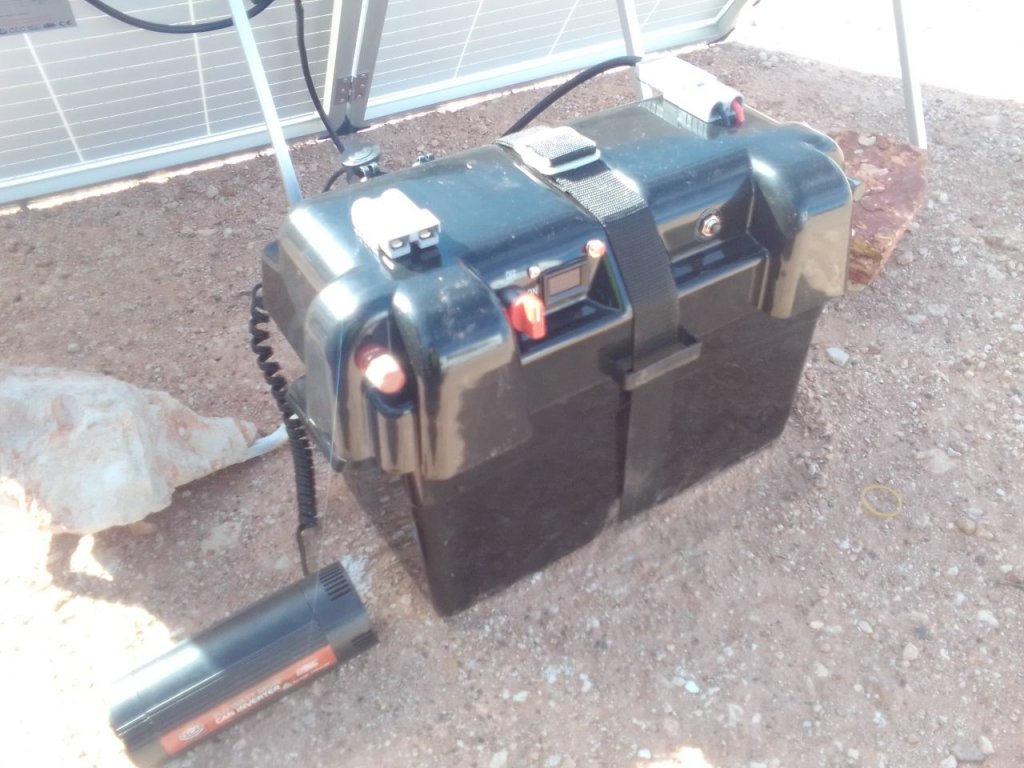Syndyne
Shaun Galman
Good luck over there! The traces look promising. Nice to see a bit of red colour kicking about. 
It's always interesting to see the similarities between opal fields.
We generally don't see opal too often in those upper dry strata level layers as it's more concentrated in the opal clay levels under the overlying sandstones, but it certainly does happen here and there.
The purple and mustard coloured staining (bottom pic) is very common here also. It's due to chemical leaching from hydrothermal venting taking place in the former shallow sedimentary deposits. We see that commonly here at the Ridge where there's only a single level lens present. It will also permeate softer clays underneath a good level and can be quite wet and puggy at times, unlike the upper layers nearer the surface where it will be quite hard and dry. We call it a "dry mustard level".
Looking forward to seeing more pics.
Keep up the great work and stay safe 20x!
Cheers,
Shauno.
It's always interesting to see the similarities between opal fields.
We generally don't see opal too often in those upper dry strata level layers as it's more concentrated in the opal clay levels under the overlying sandstones, but it certainly does happen here and there.
The purple and mustard coloured staining (bottom pic) is very common here also. It's due to chemical leaching from hydrothermal venting taking place in the former shallow sedimentary deposits. We see that commonly here at the Ridge where there's only a single level lens present. It will also permeate softer clays underneath a good level and can be quite wet and puggy at times, unlike the upper layers nearer the surface where it will be quite hard and dry. We call it a "dry mustard level".
Looking forward to seeing more pics.
Keep up the great work and stay safe 20x!
Cheers,
Shauno.




